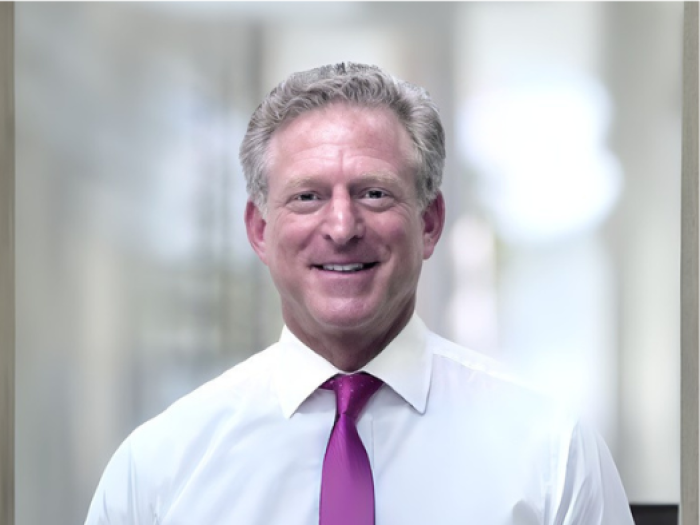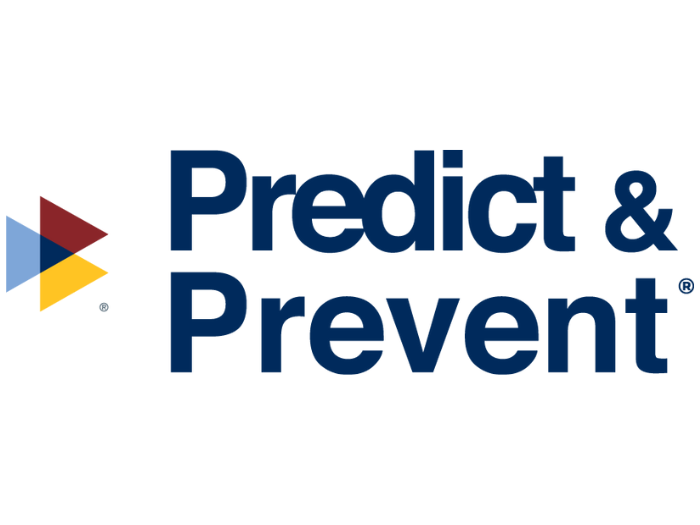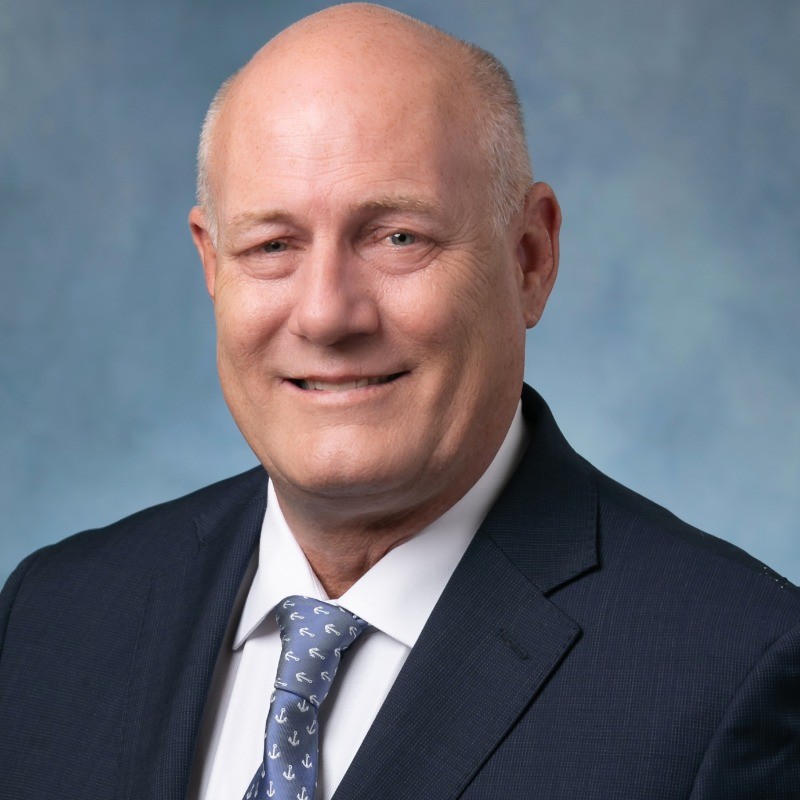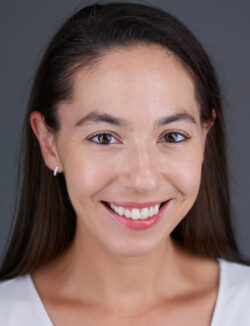10 Questions for MEMIC Group President and CEO Michael Bourque
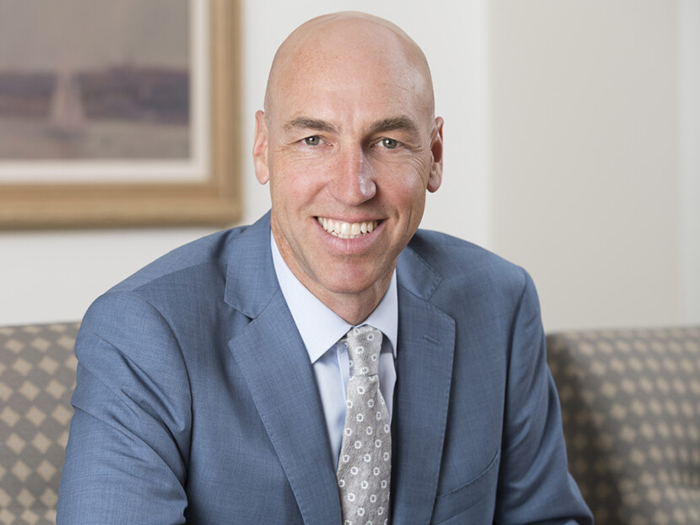
Earlier this year, Risk & Insurance® got the chance to catch up with Michael Bourque, the president and CEO of the MEMIC Group. What follows is a transcript of that discussion, edited for length and clarity.
Risk & Insurance: What opportunities are you invigorated about business-wise?
Michael Bourque: Well, it’s a challenging time in the workers’ compensation market. There’s no question about that, because we’ve watched rates go down year over year over year. It’s very competitive and lots of people are interested in the business.
But I remain excited about it, because I think we’re a niche player. We don’t need to dominate the market by any means. We just need to find those customers who care about their employees, who want to keep them safe.
This interesting job market is a great place for us to be offering our service, because I think we protect employees. Everybody’s worried about where they’re going to find their next qualified employee. Our interest is in protecting who they already have on staff, and if they do get injured, get them back to work as soon as they can.
Those two items are at the top of what we pledge to do and where we invest nearly twice the industry average. I think that makes it an interesting time in the market for us and hopefully, will make us a little bit immune to the craziness that we see in some parts of the workers’ compensation market.
R&I: You’re referring to rate?
MB: Rate and competition. This long run of favorable results is really based in large part upon past years’ reserve releases. You’re seeing releases come from three, four and five years ago, where the insurers’ reserves were redundant. I think with multi-lines folks, the reserves get moved all over the place, so it’s a little different when you just do comp.
But comp has looked pretty good for a few years now, so that’s attracted new players into the market or players that made light commitments to the line that now have jumped back in with two feet. That makes it challenging from the pricing perspective. For us, we’re on the lookout for the right account at the right price with the right partner.
But given all that, if we were simply a commodity player selling price, I think I’d be pretty challenged to say what’s particularly good about the line right now. But, because I think we look for a certain type of policyholder, a certain type of customer, where we think our service can make a difference, that approach positions us well to compete.
R&I: Do any companies come to mind where you’ve been working with them and seeing great results?
MB: We’ve been a long-time partner of a very well-known Maine company, LL Bean, and helped drive them through a big re-automation in their warehouse operations where there were lots of ergonomics issues and challenges. That’s a good example of a long-term partnership where we have five to six different people connecting at many different levels in the organization. That’s one I often highlight, because it’s such a mutually trusting partnership.
As they went through the challenge of re-engineering all that they do, they’ve upgraded technology as well as how they move things. They turned to us as a partner. That’s exactly the kind of relationship we love, because we know we’ve got the ergonomists and people who understand material handling, and we know clients are going to see benefits from it.
Here’s another good example.
Just yesterday something came across my desk — a smaller account, a small manufacturer, under $50,000 in premium based here in Maine. They had decided to move. They got a quote for almost a 20% reduction in their price. Word came down to the HR person who scurried to the CFO and the owner and said, “We can’t do this. We’ve got to stay. I want to have Alexis back.”
Alexis happens to be our loss control person who’s helped them work through a couple of challenging issues over the years. Even with that 20% difference, they said okay, it’s worth it because we want to protect the people we have.
The case was made by the people on the ground, and the owner was willing to make that kind of investment in our services; one, he was confident in his HR person; but two, he was confident there’d be a benefit.
Those are the kinds of wins that we have to demonstrate every day, because, as I said, we’re not going to be the price player.
R&I: You mentioned that the labor market is a challenge and the pricing in workers’ compensation is a challenge. Are there other challenges you are facing?
MB: Technology is a constant challenge to remaining current, much less getting ahead. We’re a mid-sized company, so we write about $400 million in premium. Our assets are $1.6 billion with a mutual at our base, so we don’t have hundreds of millions to spend on technology. But, we do spend millions and tens of millions over time to replace and upgrade old systems.
We recently were in the middle of a second core system replacement. We did our first one in our claims area two years ago, and we’re just now starting to really harvest the benefits of that. It’s exciting, but everybody warned me as we went into it, these are going to be miserable times. This is going to be really difficult.
Despite my natural optimism, they were right. We ended up going back to square one on the second upgrade with some valuable lessons and will begin moving forward again next year.
Companies our size are challenged by having to keep up with technology while making the right choices for our return on investments.
I’m a baseball fan. I think about it from the perspective of small market teams versus large market teams. Large market teams can invest in a free agent and make a mistake. Something can blow up, and they basically write it off. We’ll send this guy to the Florida Marlins and we’ll still pay half his salary.
In the small market team, you can’t afford to screw up like that. It will set you back five to ten years. And as a fan of the Orioles, I know that because they did it several times. But I think it’s the same thing for a company like us. We’ve got to be really smart about how we choose to make those investments. And then we have to compete for talent to help us maintain and put systems in place. Again, that’s among the places where it’s most challenging.
But we’ve done well. I’m proud of our group. With the support of our board of directors, we’ve decided this year to make a little added tech investment to move things a little bit faster. That’ll pay dividends in the foreseeable future for us.
R&I: On the talent question, you mentioned a loss control person. Who are some of the other folks within your organization you might identify as rising stars in the industry?
MB: Our CFO recently decided to retire, and I hired somebody from within, Eileen Fongemie. She’s been with us for 15 years. She’s a CPA, CPCU with other insurance credentials. I’m really charged up about her. She’s bringing great energy and insight to our management table.
In terms of insurance talent, we’ve got a bunch of young underwriters around. We hired a talented woman to head our loss sensitive area who is working up and down the East Coast. Her name is Sunny Jarrard. She came from a couple of larger carriers, Travelers being one, and we’re really excited we were able to nab her.
We’re building a loss sensitive segment, and we have a good start in that area, but I think she’s exactly the right person to grow it. She’s charged up about being able to create something that she can really lay claim to as the years go by.
Our most recent addition to the leadership team is Maryann Hoff, an energetic and highly-credentialed professional, who serves as vice president for loss control & safety. She’ll lead an award-winning team that she’ll task to dig into data analytics as well as deploy technology.
Her childhood home of Liberia was in the midst of civil war — an experience she said has informed her strong connection to safety. She’s intrigued with understanding how to integrate technology for those who have to do the work in every industry. That kind of curiosity and those kinds of life experiences will be really valuable in our senior management conversations.
Incidentally, our senior leadership group is now four women and six men compared to having only one woman on the team just a year ago. That’s a big signal to our teammates that there’s opportunity at MEMIC.
R&I: It’s no secret that many industries have talent shortages that are pretty challenging. Insurance is one of them. What’s your perspective on your company culture in terms of recruitment and retention?
MB: It is an ever-challenging world for recruiting at this point. You’re also looking at wage inflation that’s coupled alongside that. As a result, you’ve got people who have an opportunity to make more money and are jumping around.
While we’re competitive, we have a real focus on our culture. We make a point to sell the idea that we work for the policyholder and their employees in a mutual way as opposed to answering primarily to stockholders.
I think being a mutual works really well in workers’ compensation. There’s certainly dynamic tension between our “owner policyholders” and what they pay for in premiums, but the truth is we’re here to serve them, and so that’s a single point of emphasis and single point of our mission. It’s all focused toward the policyholder and their employees. In fact, our shorthand mission is “we make workers’ comp work better.”
That sense of mission is one of those things that I think younger people are particularly excited about. We have that insight, because they ask if we’re a socially aware organization, what’s our diversity like in the organization, do we care about the environment; all of those things are what young people care about, and rightly so, and we’re doing a great deal in all those areas of interest. Culturally and at our size, we can focus on them and attract great talent.
We’ve also implemented a formal mentoring program, pairing people up over a six-to-eight-month period of time. We’ve had a really high level of participation, and I’m excited about that. I think it creates opportunity for learning, both from the mentor and the mentee.
We match people across departments based on their profile. Again, for a company our size, that works well because it exposes people to other parts of the organization. There may not be an immediate advancement opportunity in their area, but they may look and say, “Gee, I’d be interested in underwriting or finance. I didn’t know that I ever would find those interesting. I thought I was a claims person.” So those opportunities arise.
The more you break down silos in an organization and between levels of leadership, the better you’re going to be, and the more likely we’re going to find places where we need to change or do things better.
R&I: Is it fair to say, as a mutual, are you majority manufacturing?
MB: No. In fact we’re well diversified in our book. The interesting thing about MEMIC is that we grew up and remain as the guaranteed market of Maine, serving every class of employer — from retail and health care to logging and trucking. Even though we’re part of a state fund association, we’re a private mutual. It’s specifically written into our charter that we’re not an instrument of the state or state government for any purpose. We’re owned by the policyholders.
From those roots, we began our diversification outside of Maine in 2000. And we have grown to the point where we write more premium outside of Maine than within, by a fair amount. It’s about 60/40 at this point. And, of course, we’re a dominant carrier in Maine, because we have that history and that responsibility as a guaranteed market. Nevertheless, our opportunities are much larger outside of this small state, and we have the talent and history to serve all the accounts in our appetite.
R&I: Is there a plan in terms of growth, in terms of geography, or is that not intentional?
MB: We basically spread ourselves down the eastern seaboard, and we have offices in various locations from Maine to Tampa. Those are mostly claim offices and then there are people who work out of their homes, such as production underwriters and loss control teams, who are all over the place. That said, we’re licensed across the entire country and have policyholders working in every state. We have the opportunity to write in all but the monopolistic states, but for now we’re focused on the eastern seaboard.
We’ve also been intentional about being place-centered. We want to have our safety and loss control consultants, case managers, auditors and claims people easily go to meet with policyholders within a reasonable drive.
As I said, we write a little under $400 million, and there’s about $20 billion in workers’ compensation premium down the east coast, so we can chew on that for a little while. That local approach has allowed us to visit prospects on premises, talk to the owners and managers and get a feel for how we’ll help reduce or prevent injuries.
Maine is our biggest state but New York’s our second biggest state. We write about $80 million there, and there’s still lots of opportunity within our appetite. Even though we’ve been in Florida for 15 years or so, we’re pursuing business there and in Georgia and the Carolinas.
R&I: I can imagine writing in New York is a great education because New York’s not the easiest place to write business.
MB: That was among the things we certainly heard at the outset. But we’ve done pretty well, which is interesting. And at times we ask, “Okay, what is it that makes us successful?” We’ve been careful around the boroughs but upstate agents and employers are much like New England. You’ve got to really know who you’re working with; agents that are true partners and employers that have reasonable control over hazards in their workplace.
We work through independent agents, and we’ve found very, very good partners, particularly across northern New York. When you look from Albany to Syracuse, Utica to Buffalo, those are communities we’ve done well in and then made our way from there. We expect that we’ll also be growing in Pennsylvania, much of which is similar to New York and New England in terms of a strong independent agency force.
Agents matter a whole lot. And having a larger, deeper relationship with those that understand us and are selling what we have to offer is essential. Not just a quote but a working partnership. That’s been beneficial to us. I think we’ve done it the right way. We’ve been careful about it. I think that people get in trouble in comp when they try to do too much too soon with people they don’t know. As much as we talk about technology, ultimately, we are in a people business.
R&I: What are your underwriters or your claims people seeing trend-wise in terms of exposures?
MB: One of the biggest ones is, of course, a tight labor market with full employment. You have people who may have been on the sidelines for years who are now working in a new environment. Some of them come with all sorts of challenges, so you have that.
You also have inexperienced people who are doing work they may not have in the past. Maybe there was skills training, maybe there wasn’t. Maybe there was safety training, maybe there wasn’t. So, we have those things going on.
Also, when you can’t find employees, people work more — they’re working harder, longer and maybe taxing themselves. We know, and those of us who are sports fans certainly know, injuries tend to happen when you’re fatigued. It’s the same with an employee.
Then there’s the mixing of mechanization and computerization with people. It’s like the old conveyor belt. The conveyor belt was such an innovation when it was invented, but once they were installed, then people had to bend to it essentially.
There were lots of ergonomic issues like strained shoulders and backs. Today, we’re mindful that any design of something that’s new and mechanized needs to conform to the human form to avoid cumulative trauma. It may increase production, but it can’t come at the expense of injuries.
R&I: Since you mentioned ergonomics, how are you investing in ergonomics as a risk mitigation tool?
MB: It is the one area within our safety department where we have a director for just that area. We’ve enhanced [our ergonomics department] over the years and trained our people to incorporate ergonomics into their assessments. Ultimately, it’s about making sure the work fits the people as opposed to people having to fit the work.
All of us at MEMIC think about ergonomics and incorporate it into own our onboarding process. Our ergonomics team will coach everyone to adjust their desks to assure they avoid carpal tunnel. But our ergonomists look at everything including the larger muscle groups used in repetitive tasks. They’ll walk around your desk or workstation and point things out that you can adjust yourself.
A couple of years ago, I got a new pair of glasses. I hadn’t really thought about it. And my neck started to bother me. They were progressives, which seems like a standard solution for those of us over 50. My ergonomist came in and looked at me, he said, “Well, your bows on your glasses are too short, so you’re cocking your head back to get your screen in focus.” It was something that was very small. He said, “Just get some glasses with longer bows and I bet your neck’s going to feel great.”
And it did. Made perfect sense.
Our ergo team really looks at the whole person and with just the slightest adjustments can make a huge difference. It’s amazing what they do. So, if you think about that level of attention being given across health care, across the restaurant business, hospitality, retail and manufacturing, all of those opportunities exist.
Yes, there are the traumatic slips and falls, which we all deal with in our industry, but for the vast majority of workers, those ergonomic tweaks to avoid cumulative trauma can be a game changer. That’s real value in finding a trusted workers’ comp partner. &





